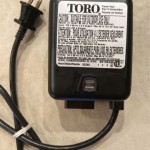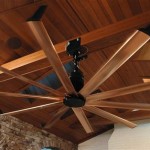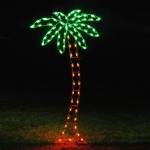Outdoor Lighting PIR Sensor: The Essential Aspects
Outdoor lighting PIR sensors are essential components of any security system, providing a reliable way to detect movement and activate lights. Understanding the key aspects of these sensors is crucial for choosing the right one and ensuring effective lighting control.
1. Detection Range and Field of View
The detection range determines the distance at which the sensor can detect movement, while the field of view defines the area it covers. Consider the desired coverage area and any potential obstacles that may obstruct detection.
2. Sensitivity and Adjustment
Sensors vary in their sensitivity, which determines the threshold of movement required for triggering. Adjustment options allow you to fine-tune the sensitivity to minimize false alarms or missed detections.
3. Motion Detection Technology
PIR sensors use passive infrared technology to detect changes in temperature caused by moving objects. Some advanced sensors incorporate additional technologies, such as Doppler radar or microwave motion detection, for enhanced accuracy.
4. Mounting Options and Weather Resistance
PIR sensors come in various mounting options, including wall-mounted, ceiling-mounted, and corner-mounted. Choose the one that best suits the installation location. Additionally, ensure the sensor is weather-resistant to withstand extreme conditions.
5. Environmental Factors
Consider the environmental factors that may affect the sensor's performance. These include temperature fluctuations, sunlight, and wind. Choose a sensor designed to operate within the expected range of environmental conditions.
6. Power Source and Connectivity
PIR sensors can be powered by batteries, AC power, or solar energy. Ensure the chosen power source is suitable for the installation location and provides reliable operation. Some sensors also offer wireless connectivity for remote monitoring or control.
7. Lighting Control Integration
The sensor should integrate seamlessly with the outdoor lighting system. Consider the compatibility with different lighting types, such as LED or incandescent bulbs, and the ability to control multiple lights or zones.
8. Reliability and Durability
Reliability is paramount for a security sensor. Look for sensors with a proven track record of consistent performance. Durability is also important to ensure the sensor withstands long-term use and harsh conditions.
9. Additional Features and Considerations
Some advanced PIR sensors offer additional features such as pet immunity, which prevents false alarms triggered by small animals. Other considerations include anti-tamper protection, adjustable delay settings, and ease of installation.
Conclusion
Choosing the right outdoor lighting PIR sensor requires careful consideration of its essential aspects. By understanding the detection range, sensitivity, technology, and other factors, you can optimize your security system and enhance the safety and convenience of your outdoor space.

Auraglow Pir Motion Sensor Up Down Outdoor Wall Security Light Warminster Stainless Steel Led Lighting

Cava Outdoor Rectangular Wall Light Pir Sensor Bhs

Up And Down Pir Motion Sensor Wall Light For Outdoor Use

Auraglow Dusk Till Dawn Daylight Pir Motion Detection Sensor Outdoor Wall Light Wharton Dorton Silver Led Lighting

Auraglow Black Arch Integrated Led Motion Sensor Pir Outdoor Wall Light Adobe Lighting

Wallace Outdoor Wall Light With Pir Sensor Black Bhs

Auraglow Pir Motion Sensor Stainless Steel Up Down Outdoor Wall Security Light Warminster Black Led Lighting

Dobrar Adjustable Outdoor 360 Degree Pir Sensor Litecraft

Astrid Outdoor Wall Light With Pir Sensor Anthracite Litecraft

Billy Outdoor Pir Sensor Wall Light Dunelm







